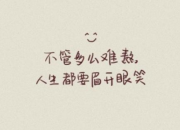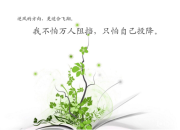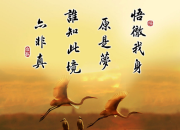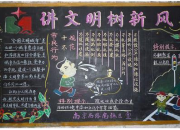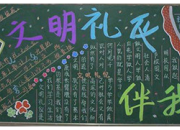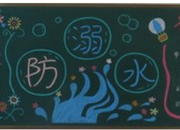关于端午节的英语作文:端午节的由来
时间:2021-08-31端午节是流行于中国以及汉字文化圈诸国的传统文化节日。小编整理的关于端午节的由来的作文,供参考!
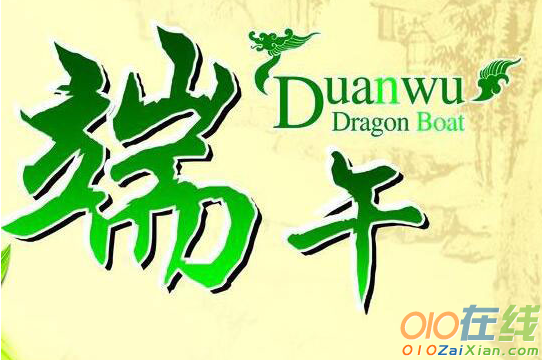
农历五月初五,俗称“端午节”,端是“开端”、“初”的意思。初五可以称为端五。农历以地支纪月,正月建寅,二月为卯,顺次至五月为午,因此称五月为午月,“五”与“午”通,“五”又为阳数,故端午又名端五、重五、端阳、中天、重午、午日,此外一些地方又将端午节称之为五月节、艾节、夏节。从史籍上看,“端午”二字最早见于晋人周处《风土记》:“仲夏端午,烹鹜角黍”。端午节是我国汉族人民的传统节日。这一天必不可少的活动逐渐演变为:吃粽子,赛龙舟,挂菖蒲、艾叶,薰苍术、白芷,喝雄黄酒。据说,吃粽子和赛龙舟,是为了纪念屈原,所以解放后曾把端午节定名为“诗人节”,以纪念屈原。至于挂菖蒲、艾叶,薰苍术、白芷,喝雄黄酒,则据说是为了压邪。
May in Chinese lunar calendar, known as the "Dragon Boat Festival", the end is the beginning "," early. ". Fifth day of the called side five. Chinese to Chinese era, the construction of the bases in February, to May May afternoon, so called the number "Five" and "good", "Five" is a positive number, the Dragon Boat Festival is also known as the end of five, five, the Dragon Boat Festival, transit, afternoon, afternoon, in addition to some place Dragon Boat Festival will be called in May Festival, AI Festival, the summer festival. From the historical point of view, the "Dragon Boat Festival" two word first appeared in the Jin Zhou Chu "endemic in mind": "a dragon boat festival dumplings, cooked duck". The Dragon Boat Festival is a traditional festival of the Han people in china. This day indispensable activity gradually evolved into: eating dumplings, dragon boat race, hanging calamus, Artemsia argyi, smoked herb, dahurian angelica root, drink realgar Yellow Wine. It is said that, eating rice dumplings and dragon boat race, is in memory of Qu Yuan, so after the liberation of Dragon Boat Festival had to be called "poet Festival", in honor of Qu Yuan. As for hanging calamus, Artemsia argyi, smoked herb, dahurian angelica root, drink realgar Yellow Wine, it is said to be evil in order to pressure.
时至今日,端午节仍是中国人民中一个十分盛行的隆重节日。端午节从2008年起为国家法定节假日,假期为一天。国家非常重视非物质文化遗产的保护,2006年5月20日,该民俗经国务院批准列入第一批国家级非物质文化遗产名录。
Today, the Dragon Boat Festival is still Chinese people a very popular in the grand festival. The Dragon Boat Festival from 2008 onwards for national holidays, the holiday is a day. The state attaches great importance to the protection of intangible cultural heritage, May 20, 2006, the customs with the approval of the State Council included in the first batch of national intangible cultural heritage list.

